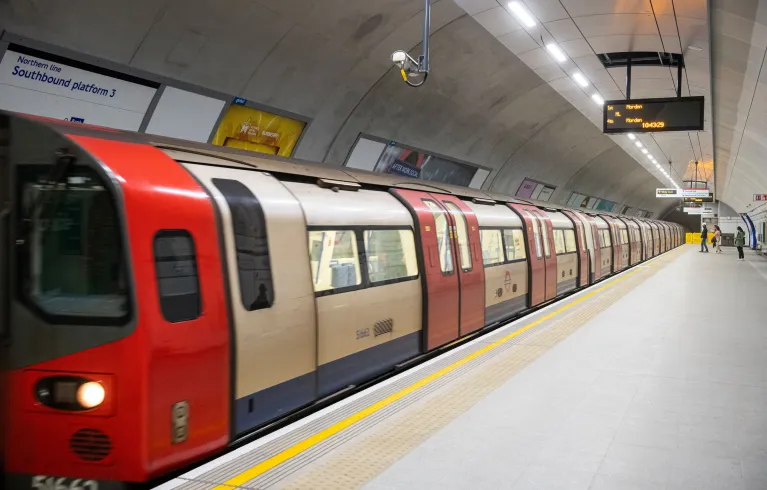
Key information
Publication type: General
Publication date:
Transport for London (TfL) should disclose their data outlining the levels of tube noise in London, with concerns residents could be routinely subjected to hazardous levels of sound due to the underground.
Environmental noise has been recognised by the World Health Organization (WHO) as the second largest environmental health risk in Western Europe, behind air quality. Prolonged exposure to environmental noise has been shown to have harmful effects on mental and physical health, including impaired cognitive development in children, tinnitus, sleep disturbance, and even heart disease.
The London Assembly Environment Committee carried out an investigation into noise and light pollution in London, hearing from a number of residents who raised concerns about noise pollution from local underground stations, as well as issues with the current complaints process of TfL. Neil Smith, a tube noise campaigner who lives near the Victoria line in Islington, explained the negative impact caused “by 72 trains per hour”, stating:
“Some residents were registering close to +/-60 decibels, equivalent to a vacuum cleaner in the room with you.”
Independent research assessing sound pressure levels on moving London Underground carriages between 2006-2019, found that “passengers were routinely and consistently subjected to sound pressure levels exceeding 80 dBA, with levels sometimes reaching over 100 dBA”.
For context, TfL’s own submissions to the Environment Committee categorise 80 – 100 decibels as ‘hazardous’.
The Committee has written to TfL outlining the findings of their investigation, with five recommendations aimed at improving transparency and enhancing communication with Londoners, including:
- TfL should provide more detailed and transparent disclosure of tube noise data to Londoners on its website. Data should cover separate total complaints for carriage noise and residential noise, as well as noise monitoring measurements across TfL’s network.
- TfL should continue to improve its complaints process to enable clear categorisation of data collected. It should also disclose the number of complaints resolved and user satisfaction levels with how complaints are dealt with on a quarterly basis.
- TfL should communicate the status of its new solutions to mitigate tube noise, including current trials, to all Londoners.
Related documents
Tube Noise Letter